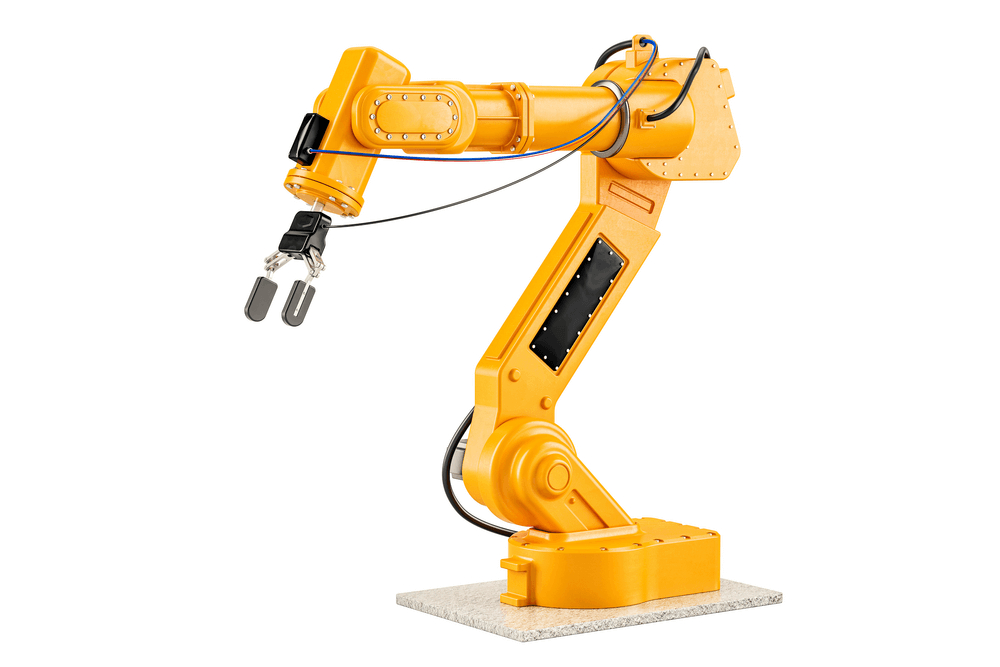The automated welding market was valued at $ 5.42 billion in 2020. With an increase in applications in the construction, automotive, and oil and gas industries, the robotic welding market is forecast to grow to $ 9.76 billion by 2028 with a 7.7 percent CAGR. However, the use of welding robots is not limited to a few industries. Rather, electronics and electrical, shipbuilding, railway, aerospace, defense, steel plants, and other related industries all benefit from advancements in welding.
With continuous R&D that drives these advancements, robotic welding improves production efficiency, saves time, creates a safer work environment, decreases ROI duration, and enhances welding accuracy and quality.
These advancements include:
- Adding sensors for adaptive welding processes that transform robots into more process-friendly, flexible, and maneuverable assistants. Sensors also help with tracking and searching weld joints, addressing moving weld seams, weld penetration control, and joint profile and width measurement.
- Interlocking perimeter guards, laser scanners, auto doors, safety light curtains, pressure-sensitive safety mats, quality gear, smoke extraction systems, and more. All of these features have considerably improved the safety of automated welding and have led to an improved collaborative work environment with humans.
- Improved IIoT integration with seamless integration of welding management software
- Adaptive controls to analyze welding data to correct and improve weld current in real-time – critical for improved process optimization.
With improvements in technology that increase the scope of your welding applications, B2E Automation can help you to yield more accurate measurements, boost your production speed, manage processes efficiently, and save time!

